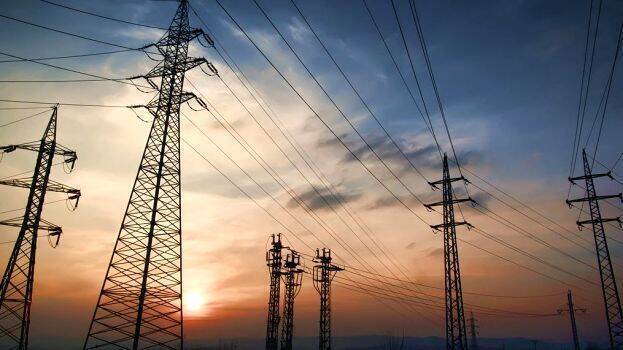State Grapples with Unplanned Power Outages Amid Soaring Electricity Demand

The state is currently facing a predicament as unannounced load shedding has become a common occurrence, with power interruptions lasting for extended periods, particularly from 6 pm to 12 am. Despite previous explanations citing melting fuses due to excessive load, the Kerala State Electricity Board (KSEB) now denies any power cuts, yet reports of blackouts persist, even in the capital city of Thiruvananthapuram.
Daily electricity consumption has surged to a record high of 110.01 million units, exceeding 100 million units for two consecutive weeks. However, the available supply, capped at a maximum of 94 million units per day from hydropower, contracted power, and the national grid, falls short of meeting this demand. To bridge the deficit, excess power must be purchased from the exchange at rates ranging from 12 to 22 rupees per unit, with additional costs for electricity generated from imported coal. This crisis underscores the urgent need for proactive measures to boost hydropower production, which has seen an increase from 13-16 million units per day to 21 million units. However, this surge has led to a decline in water storage in power dams from 53% to 43%, raising concerns about the sustainability of hydropower generation until the next monsoon season. Consequently, managing consumption becomes paramount.
The spike in consumption can be attributed to various factors, including the widespread use of air conditioning and the growing number of electric vehicles (EVs), which exert additional pressure on the grid, particularly during nighttime charging sessions. Kerala, accounting for 12,500 of the 82,000 electric vehicles sold nationwide last year, has also witnessed the sale of 250,000 air conditioners from January to April alone.
Despite electricity being available in the country, albeit at higher costs, the state is grappling with an annual loss of 1043 crores. The failure to secure long-term contracts and protect existing agreements exacerbates the situation, as purchasing electricity at elevated rates translates into losses for KSEB. However, technical and legal hurdles hinder efforts to adjust rates accordingly.
With the current power availability at 4500 MW and consumption reaching 5489 MW, the state faces a deficit of 989 MW. This trend mirrors a nationwide surge in consumption, with the current nationwide availability standing at 256,530 MW compared to 230,500 MW last year. KSEB asserts that power supply remains unrestricted and highlights the construction of 21 substations in the past two and a half years to ensure uninterrupted supply.






